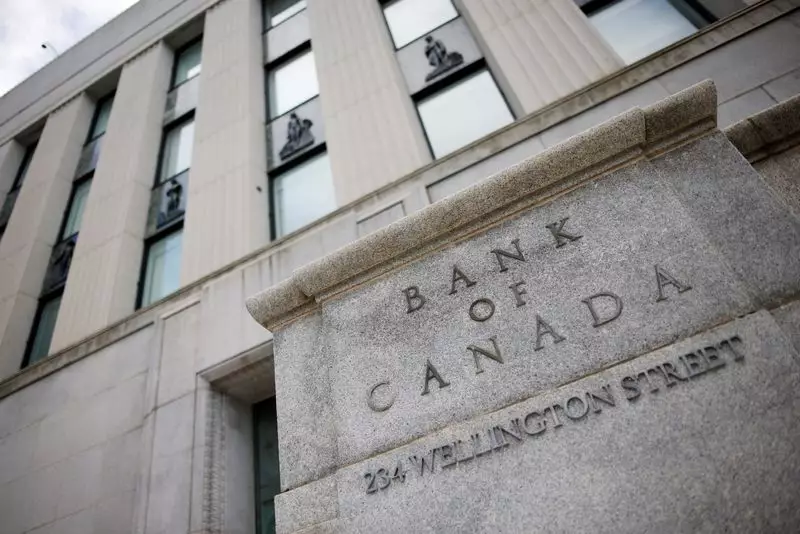The Bank of Canada (BoC) has made a significant move by slashing its key benchmark interest rate by 50 basis points to 3.75%, marking the most substantial intervention in monetary policy in over four years. This aggressive cut follows a series of rate reductions and aims to foster economic growth amid signs that inflationary pressures are subsiding. For Canadians, this development heralds a potential turning point after a prolonged battle against rising prices. Yet, questions linger about the broader economic implications and sustainability of this approach.
In the recent past, Canada faced soaring inflation, prompting the central bank to elevate rates to a 20-year high in an attempt to stabilize prices. However, a notable decline in inflation, with a September rate of just 1.6%, and below the targeted 2%, has been interpreted as a positive sign that inflationary pressures are easing. Governor Tiff Macklem emphasized the success of their inflation-fighting strategy but also acknowledged the hurdles that remain within the economy, especially regarding consumer sentiment and demand, which have been less enthusiastic than anticipated.
The BoC’s decision to lower interest rates comes not only amid positive inflation indicators but also in response to subdued economic growth, as seen by sluggish sales and weak consumer confidence. Macklem stated that this rate cut should invigorate consumer demand, indicating an urgent need for stronger economic performance. However, one has to consider whether lowering the borrowing cost will sufficiently stimulate spending and investment. The U.S. Federal Reserve has similarly embarked on a path of rate reductions, suggesting a trend among central banks in managing growth. Analysts are now speculating about the potential for subsequent rate cuts, with some suggesting that another 50-basis-point reduction could occur in December.
Following the decision, the Canadian dollar experienced a slight decline against the U.S. dollar, which suggests mixed market reactions to the rate cuts. Additionally, bond yields decreased, indicating that investors are recalibrating their expectations in light of the evolving economic environment. The possibility of another significant rate reduction is not guaranteed; market analysts caution that the decision will depend on forthcoming economic data and the central bank’s assessment of the neutral rate—defined as a level that neither spurs nor restricts growth.
The BoC has revised its economic growth predictions downward, which signals a recognition of the challenges that lie ahead. With third-quarter GDP growth anticipated at a modest 1.5%, a drop from earlier projections, and indications that the growth rate may stall in coming months, there is palpable concern about Canada’s economic trajectory. The monetary policy report accompanying the rate cut highlighted these adjustments, suggesting that while inflation is expected to stabilize around the central target, external factors could disrupt this outlook.
As the Bank of Canada pivots to a more accommodating monetary policy stance, it simultaneously treads cautiously, acknowledging the precarious nature of current economic conditions. While the recent interest rate cut may provide immediate relief and stimulate demand, the long-term success of this strategy hinges on various factors—including consumer behavior, business sentiment, and potential shocks from external economic forces. The road to recovery is likely to be complex, necessitating vigilant monitoring and potential adjustments as the BoC strives to maintain a delicate balance between promoting economic growth and keeping inflation in check. As Canadians await the next steps from the central bank, the overarching question remains: will these measures be sufficient to solidify a sustainable economic recovery?

